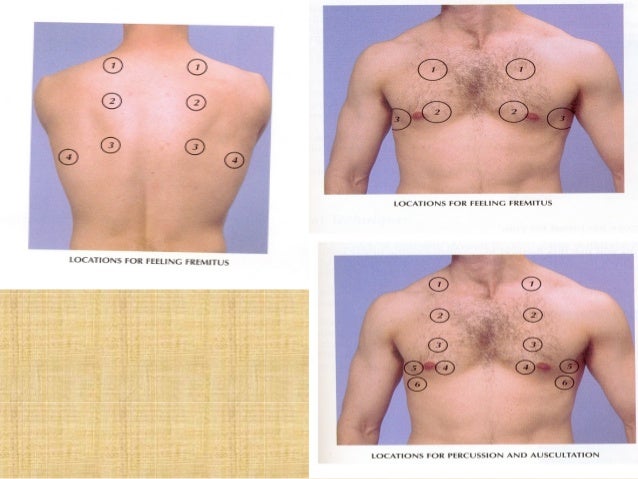

These maneuvers can assist clinicians in developing a differential diagnosis for a murmur of uncertain origin, especially in patients with undiagnosed hypertrophic obstructive cardiomyopathy and aortic stenosis. This article reviews basic murmur characteristics and the typical effects of physiologic maneuvers on cardiac murmurs. 5 Recognizing pathologic cardiac conditions that generate murmurs requires careful attention to S 1 and S 2 heart sounds to identify their timing and characteristics in order to detect possible causes. 4 In medicine, however, the cardiac examination remains a cost-effective, sensitive, and specific screening tool for cardiac disease. 2,3 With the advances in echocardiography, the cardiac examination using physiologic maneuvers has been called irrelevant.

However, documentation shows that many physicians, residents, and medical students have poor auscultation skills that often diminish further after they enter clinical practice. Physician assistants (PAs) learn heart sounds and murmurs during their education, but whether these skills are retained or perfected beyond the cardiac block of instruction is not known.

Medicine will suffer if this tendency is not checked. We are in danger of losing our clinical heritage and pinning too much faith in figures thrown up by machines.


 0 kommentar(er)
0 kommentar(er)
